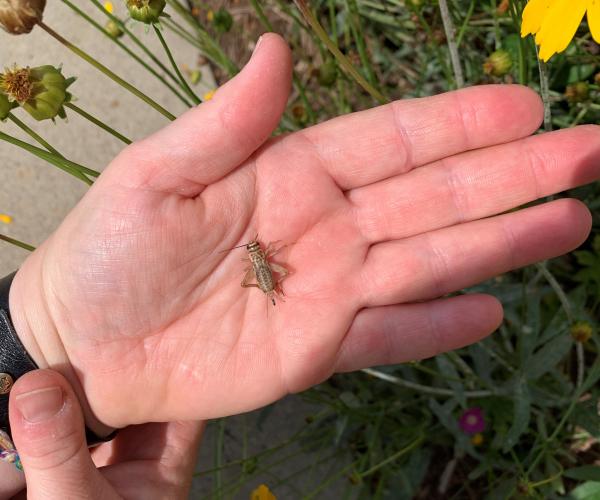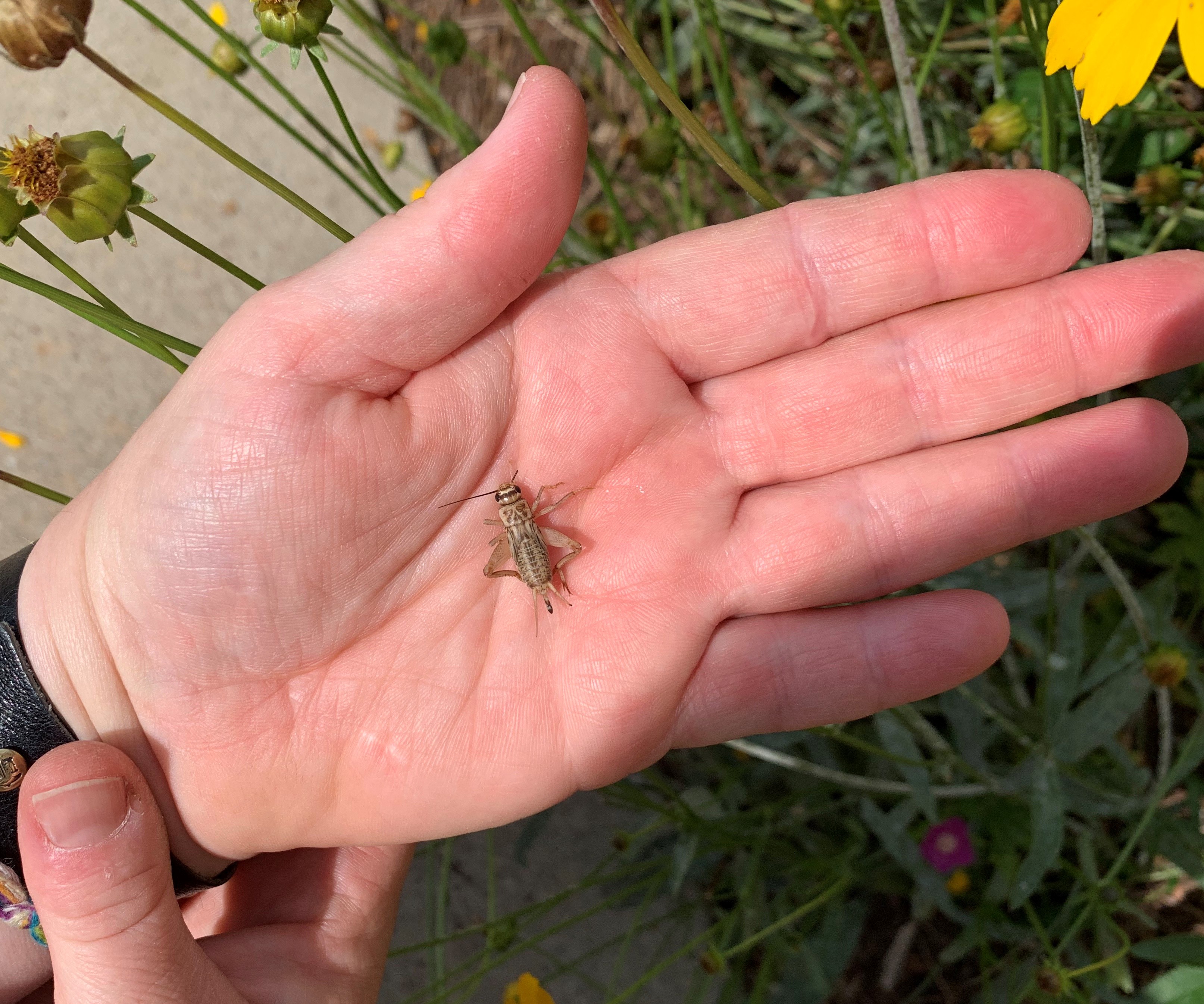
Xplor reconnects kids to nature and helps them find adventure in their own backyard. Free to residents of Missouri.


































Stay in Touch with MDC news, newsletters, events, and manage your subscription

Xplor reconnects kids to nature and helps them find adventure in their own backyard. Free to residents of Missouri.

A monthly publication about conservation in Missouri. Started in 1938, the printed magazine is free to residents of Missouri.


CAPE GIRARDEAU, Mo. – Missouri Department of Conservation (MDC) naturalists say a fun activity for children during summer break is to listen for crickets and determine the temperature.
“Summer is such a wonderful time to help children fall in love with nature,” said Bridget Jackson, a MDC education consultant. “The weather gets warm, we spend time outdoors and it’s just natural for us to interact with wildlife during the summer months.”
When people think of watching wildlife, they may think about birds, deer, or turkeys, but Jackson says Missouri has many insects, like crickets, that are just as interesting and just as beautiful as other wildlife.
“By listening to cricket sounds, you can teach your children to calculate the temperature,” Jackson said. “Once they catch on, children will really enjoy this trick and remember it for years.”
A male field cricket will make a slow series of chirps on warm nights to attract a mate, when the temperature is around 77 degrees Fahrenheit. Usually, they’ll chirp about two or three times per second. The formula to convert cricket chirps to degrees Fahrenheit can be found in the Old Farmer’s Almanac. First, count the number of chirps that occur within 14 seconds, then, add 40 to the number of chirps and the sum will tell you what the temperature is. For example, if the cricket chirps 30 times in 14 seconds, you would add 40 to the 30 chirps and know that the temperature is 70 degrees Fahrenheit.
Fall Field crickets are found in summer and fall mainly in grassy habitats, feeding on plant and animal matter. Though crickets can sometimes damage vegetable crops, they also bring a benefit by consuming the eggs and pupae of pests and scavenging dead insects.
“Insects perform so many important functions, like breaking down decaying matter, keeping soil healthy and serving as a food source for other animals in the food chain,” Jackson said. “We couldn’t survive without them.”
Jackson said insect activities, like telling the temperature, help children to be less afraid of insects and start enjoying the many positive benefits of insects. Learn more about insects and other Missouri wildlife at https://nature.mdc.mo.gov/discover-nature/field-guide/search.